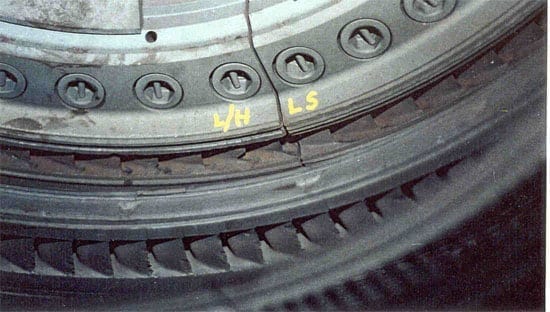SA07
Electrical
- Feb 22, 2018
- 371
Hi
Due to breakdown of an alternator 60 MVA, can we replace it with another alternator 46 MVA?
We intend to replace only the alternator; the gear and turbine will remain the same.
Please see details below
Bigger plant Smaller plant
Turbine speed 4577 rpm Turbine speed 5000 rpm
Gear ratio 4577/1500 Gear ratio 4985/1500
Alternator 60MVA 11 kV 1500 rpm Alternator 46MVA 11 kV 1500 rpm
The protection relays, AVR are similar for both plants.
We need to adjust the protection relays, AVR.
This turbo alternator exports on the national grid
Are there other aspects we need to take into consideration? Thanks
Due to breakdown of an alternator 60 MVA, can we replace it with another alternator 46 MVA?
We intend to replace only the alternator; the gear and turbine will remain the same.
Please see details below
Bigger plant Smaller plant
Turbine speed 4577 rpm Turbine speed 5000 rpm
Gear ratio 4577/1500 Gear ratio 4985/1500
Alternator 60MVA 11 kV 1500 rpm Alternator 46MVA 11 kV 1500 rpm
The protection relays, AVR are similar for both plants.
We need to adjust the protection relays, AVR.
This turbo alternator exports on the national grid
Are there other aspects we need to take into consideration? Thanks


